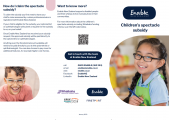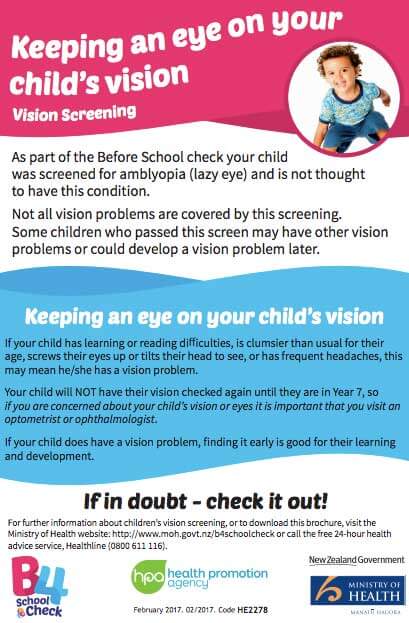If your child has poor vision, glasses may be needed to correct:
- Myopia (short-sightedness) when light rays entering the eye focus in front of the retina, rather than directly on it. People with myopia may see things clearly close up, but things are blurred at a distance.
- Hyperopia (long-sightedness) when light rays entering the eye focus behind the retina. The eye has to exert extra focusing power to see things clearly at a distance and even more so close up. If the hyperopia is large, then the eye may not be able to focus the image clearly at all. Most young children have a small amount of hyperopia.
- Astigmatism when light rays entering the eye focus at different places. This is caused by an irregular surface of the eye. Instead of being perfectly round, the surface of the eye is shaped like a rugby ball lying on its side and is more curved in one plane than the other.
- Anisometropia when each eye has a different focus and the eye that's worse may become lazy. In this situation the glasses treat the difference between the 2 eyes.
- Refractive esotropia. There is a link between the focusing muscle in the eye and the muscles which draw the eyes together as we look at a near object. Some children with hyperopia have to exert so much focusing power in their eyes that their eyes turn inwards. This is called refractive esotropia. It may be fully correctable with glasses.









